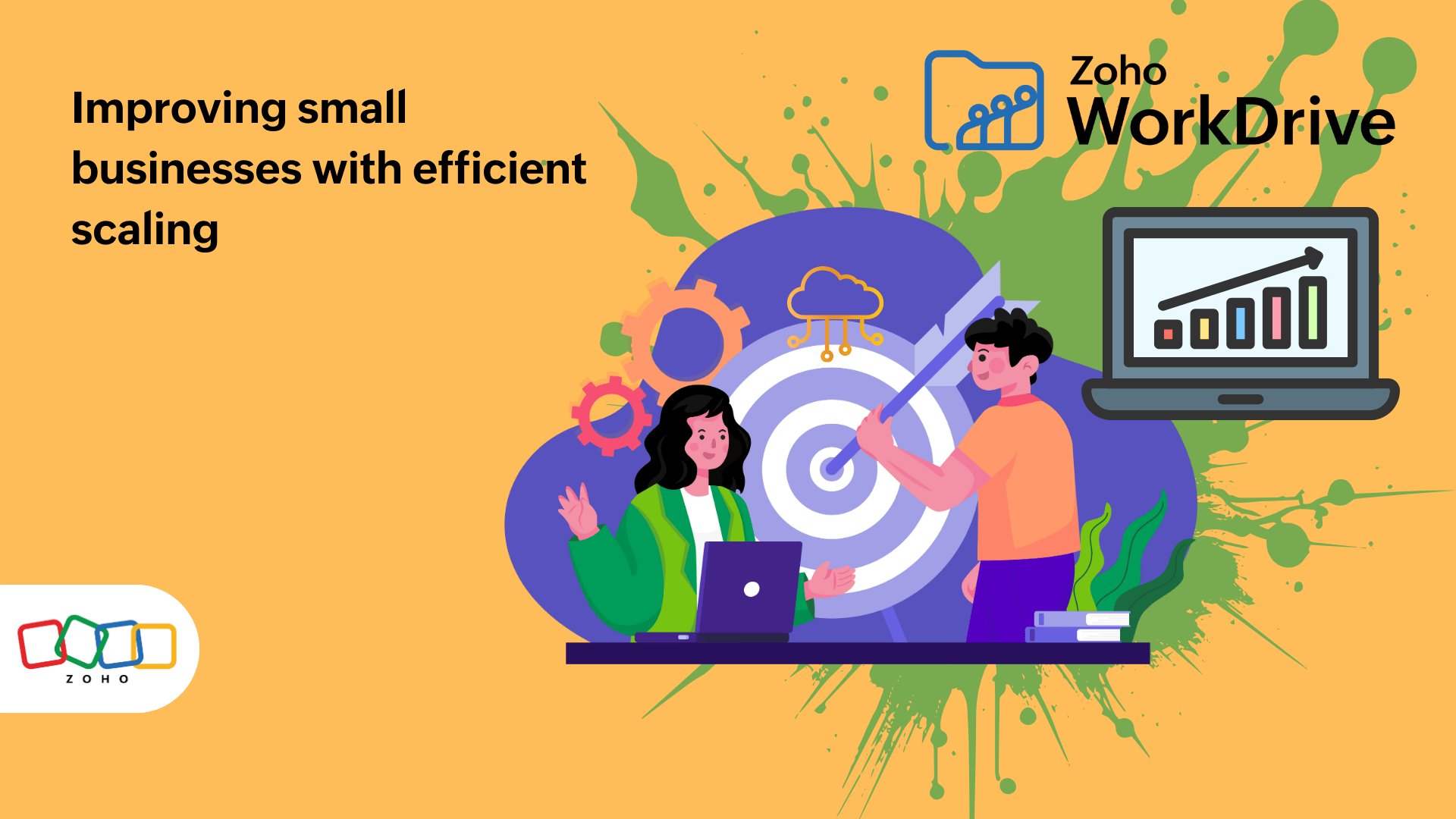- HOME
- Work Culture
- 4 Common hybrid work myths: BUSTED
4 Common hybrid work myths: BUSTED
- Last Updated : December 15, 2023
- 652 Views
- 3 Min Read

Welcome to the first post in our new blog series on hybrid work! This series is about the most discussed topic of the IT industry in recent years. It will give you a brief account of the development and design of the hybrid work model, bust common myths associated with it, cover its economic impact, and discuss the way forward.
A recent survey shows that five in ten employees prefer hybrid work.
The last two years have introduced a variety of new work strategies. When offices were not physically accessible to all employees due to pandemic lockdowns, new methods of work arose, such as fully remote work, combinations of WFH and co-located working, and the hybrid model. Hybrid work is the most popular of them all. After two years of working hybrid, people are hesitant about fully returning to the office.
Hybrid work has been around for a long time, but the pandemic took the popularity of this model to a whole new level. Even though many companies implemented it, the misconceptions associated with hybrid work are still a topic that tests the model's feasibility. So here are five common myths about hybrid work—busted.
Myth 1:
Managing teams is difficult in a hybrid work environment.
Reality:
Many companies think allowing employees to work individually will hinder management. This concern can be mitigated if companies take effective action as and when required. With some of the following actions, enterprises can alter the perception around this myth.
Educating team members on the company's policies and standards
Imparting detailed knowledge of hybrid work to team members
Staying informed about where and when employees are working
Making conversation occasionally with team members so they feel that their leadership is more approachable
Last, but most importantly, hiring passionate employees whose values align with the company mission, since working independently requires dedication and motivation.
Myth 2:
The productivity of employees working from home will decline.
Reality:
Some employers think that if they can't see what their employees are doing, they can't rely on their productivity. This myth may not be true in all cases. The actual results of hybrid work, which often go unnoticed, paint a different picture.
One of the ways an employer can keep the productivity flowing among employees working from home is by clearly stating the function of the work being entrusted to them. A polite discussion about timelines, and periodic assessments of the quality of the work are some other ways to help.
Myth 3:
Employees in a hybrid work environment choose the days they want to work during the week.
Reality:
To debunk this statement, we need to understand the divisions within the hybrid work model. Hybrid work is divided into three broad categories—fully remote, flexible, and always co-located. It is the employer that decides for an employee which mode of hybrid work they will follow. Sometimes, the team might make the decision. Although there are a few companies that allow their employees to choose their in-office days, it is not what the majority of the industry practices.
Myth 4:
Hybrid work detracts from employer-employee relations.
Reality:
Hybrid work in no way has to impact employer-employee relations in a company. Technology has provided us with many new tools for seamlessly handling meetings online. With all the technological developments available, there's hardly anything that can't be discussed virtually.
End note:
Each individual has a unique way of working. Some of us shine in our independent creative spaces, while others enjoy brainstorming with collaborators. Some may enjoy a little of both. With the hybrid work wave, employees have the freedom and opportunity to be themselves and work in their own way, while aligning with the company values.
Zoho WorkDrive helps employees seamlessly collaborate, brainstorm, ideate, and create, irrespective of their preferred work location in a hybrid work arrangement.
Empower your hybrid teams with the right technology.
Work the way you like—together.


